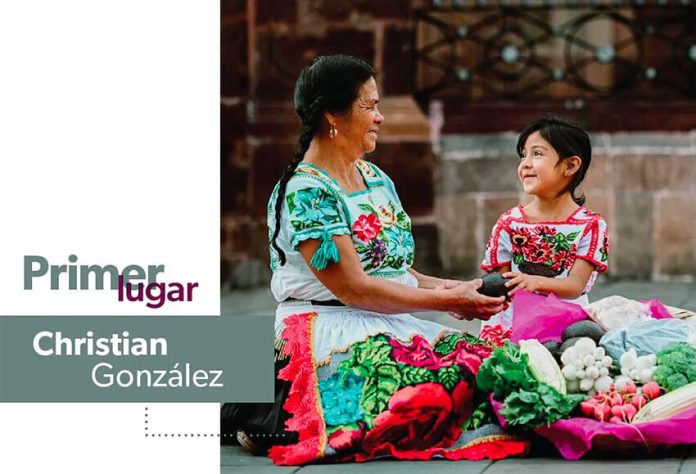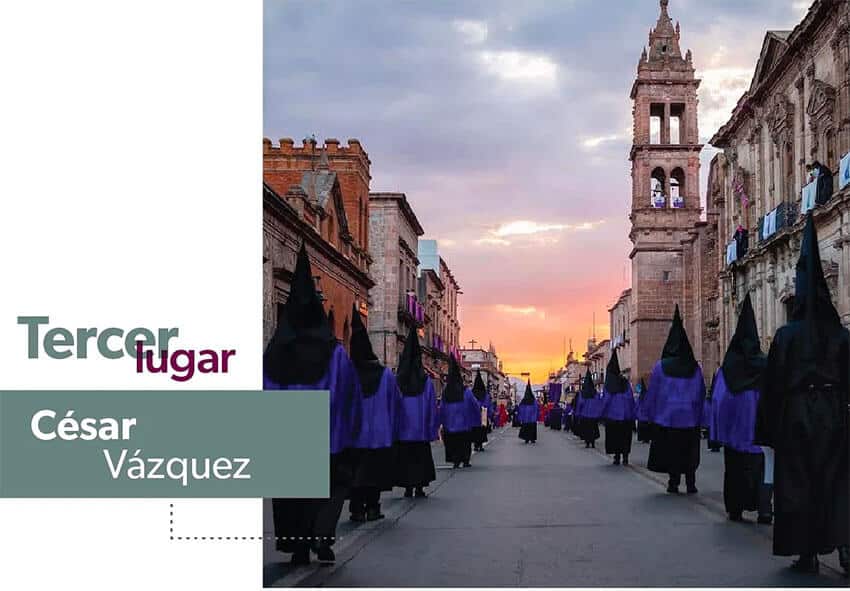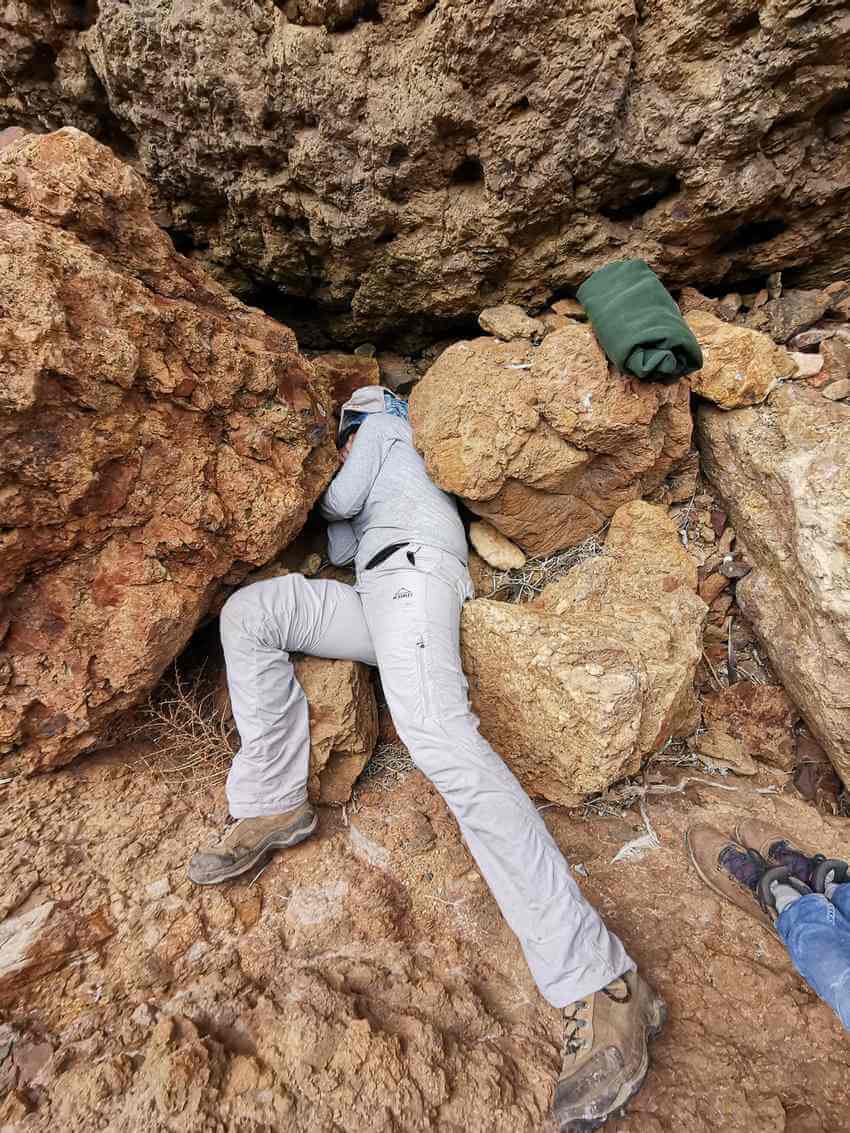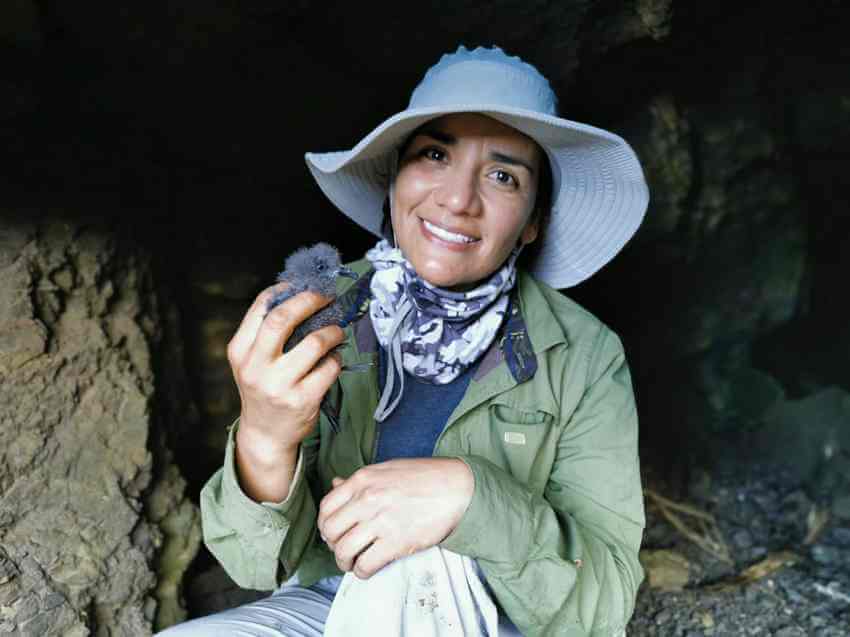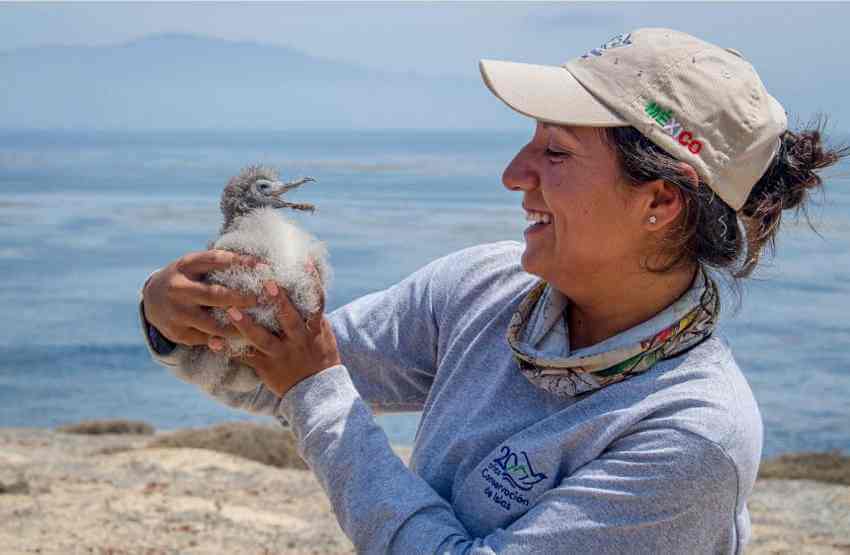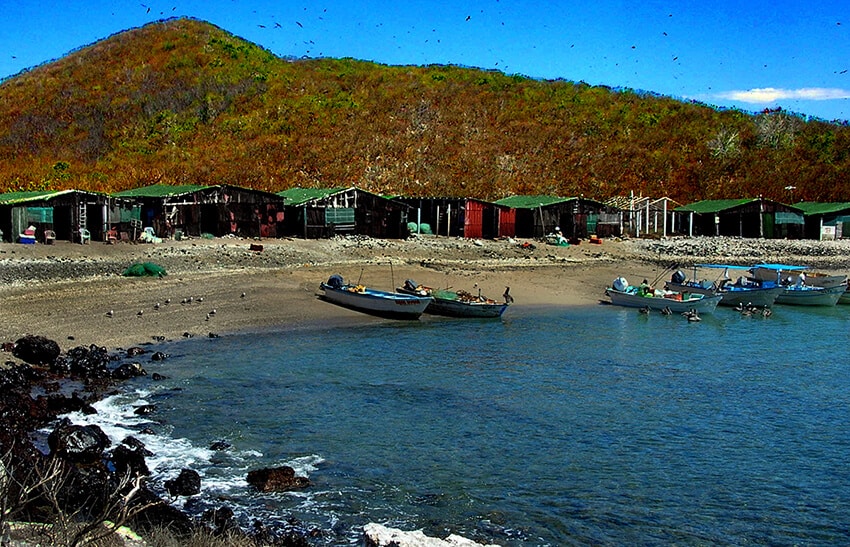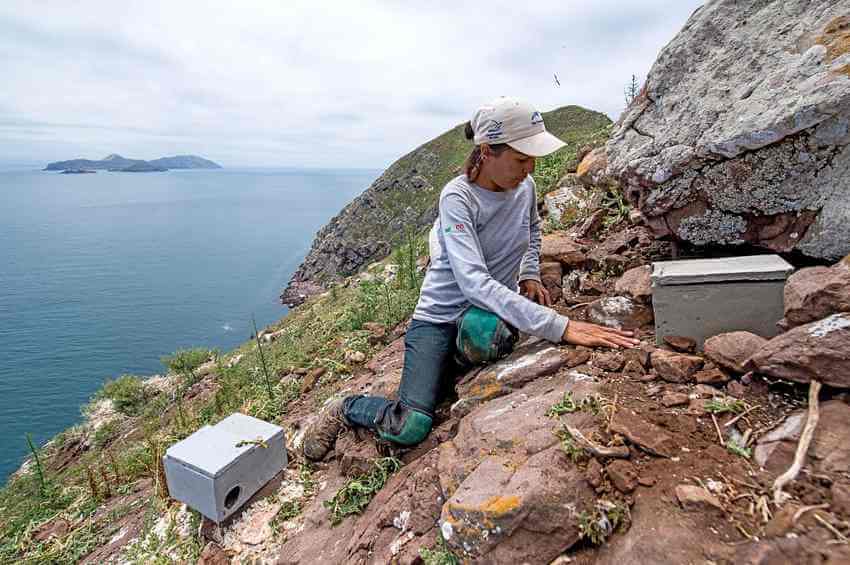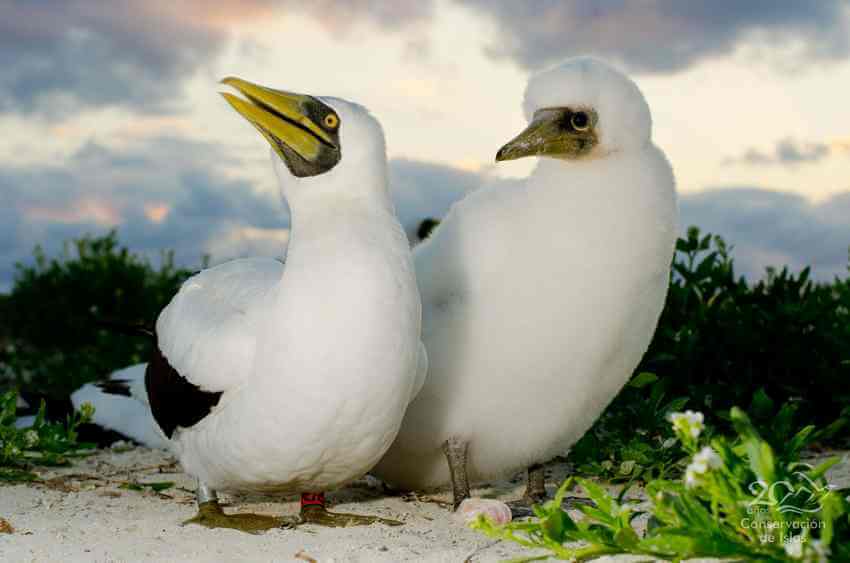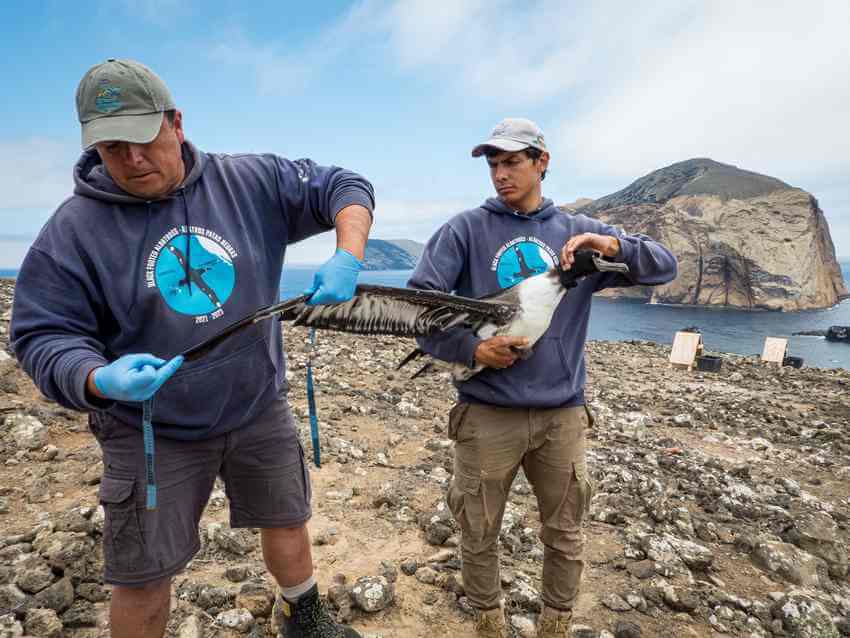One great thing about Mexico News Daily readers is that their interest in Mexico goes beyond where to go drink on the beach (not that there is anything wrong with that!).
So gentle readers, I’d like to present to you a city to check out, or perhaps check again: San Luis Potosí (also known as San Luis or SLP).
Despite its more northerly location, the city has much in common with the colonial cities in the center and south of the country. There are layers of architectural styles from the Baroque to 19th century French in its historic center, making it a World Heritage Site on par with cities such as Puebla, Guadalajara, and Oaxaca.
SLP’s geography and unique history give it both a different and familiar feel. It is best to describe it as a gateway to the northeast and Texas, as it lies halfway between Mexico City and the Texas border.

The city lies north of the farthest expanses of the former Mexica Empire (also known as the Aztec Empire), but the Spanish and their newly conquered Mesoamerican, mostly Náhuatl-speaking allies pushed quickly north, sparking the Chichimeca War. Decades later, the invaders had won, in no small part because the Mesoamericans had no issue with conquering the Guachichils and other “uncivilized” nomadic cultures.
San Luis did not begin as a unified city, but rather as a number of villages, generally segregated into communities for the Spanish, the Mesoamerican and Guachichil indigenous and even for Ottoman Turks. This changed in 1592 when silver was discovered on the nearby San Pedro mountain. Within months, seven of these villages were reorganized into “San Luis Mexquitic,” 19 blocks around a main plaza and church. The old villages never completely disappeared. The historic center is still divided into barrios conserving names such as Tlaxcala and Tequisquiapan.
Upon being declared a city in 1592, it was renamed San Luis Potosí, a reference to the extremely productive silver mines in Bolivia.
The silver gave out, but San Luis managed to avoid being abandoned because it was located at the juncture of two main thoroughfares: an east-west corridor that links the northern interior with the port of Tampico and another that connects central Mexico to Texas.

The treasures of the historic center include the cathedral, Aranzazu Chapel and Guadalupe Sanctuary, which show the evolution of Mexico’s Baroque into very early Neoclassical. More show the development of architecture up until the Mexican Revolution. More modern structures have since been constructed in more peripheral areas, in large part to conserve the historic center.
But San Luis is not a city frozen in time. Its location is still economically strategic, and has led to the development of industry. Such activity is zoned away from the historic center and other desirable areas to live, but the growth it has spurred has led to the introduction of many modern conveniences such as shopping and entertainment, museums and grand urban parks.
Like other northern cities, San Luis is located in an arid region, so water and temperatures are considerations. Issues are not as severe as in cities such as Monterrey; SLP gets more rain and less wild temperature swings, but the drought hitting the far northeast right now is a factor in San Luis as well.
San Luis has not received the same kind of tourist attention as other colonial cities. Its main season is still Holy Week because of its spectacular Procession of Silence held on Good Friday.

The historic center can be explored in a few days and is quite walkable, but the city also serves as a base for interesting day and weekend trips. These include the Pueblos Mágicos of Real de Catorce, a former abandoned mining town, and Santa Maria del Río, famous for its silk rebozos (shawls).
There are other colonial-era towns a short distance away, including Mexquitic and Venado with colonial churches and rural food. A promising wine industry has started just to the west, led by Cava Quinantilla in Moctezuma. Natural treasures include the recently protected Sierra de San Miguelito and the Joya Honda volcano.
If you read typical tourist sites, you might think all people eat here is enchiladas potosinas. They are delicious with red salsa, goat cheese and vegetables, but menus here carry many items with familiar names such as pozole and menudo. This is because the Mesoamerican diet was brought here, including the maguey plant to make pulque. A few preparations from the gathering of local foods are hard to find but not impossible. The most important are made from cactus fruit, seasonally used to make colonche, a mild alcoholic drink and queso de tuna, a dried fruit pulp.
The good news is that SLP versions of these dishes tend to be less spicy than their counterparts in Mexico City. Pulque and mezcal are making a comeback with brands like Júrame receiving national attention. Pan de Pulque Casero has taken advantage of this to return the making of bread using pulque as a leavening agent. More modern foodstuffs include one of Mexico’s few producers of chocolate candies, Costanzo Chocolates, founded by an Italian immigrant.
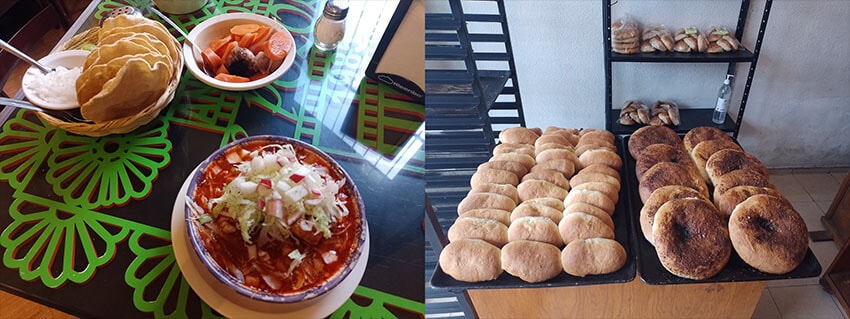
The question I always get is, ”Is it safe?” Admittedly, there have been problems with Highway 57 that links SLP with Querétaro. The city did not rank well on a national survey asking locals about their perception of crime in their cities. However, residents I spoke with indicate that much is related to the recent growth of the city and mostly limited to certain areas. I felt quite safe lodging in the historic center. Its location and growth has started to attract foreign residents, especially over the past 10 years.
Leigh Thelmadatter arrived in Mexico 18 years ago and fell in love with the land and the culture in particular its handcrafts and art. She is the author of Mexican Cartonería: Paper, Paste and Fiesta (Schiffer 2019). Her culture column appears regularly on Mexico News Daily.













